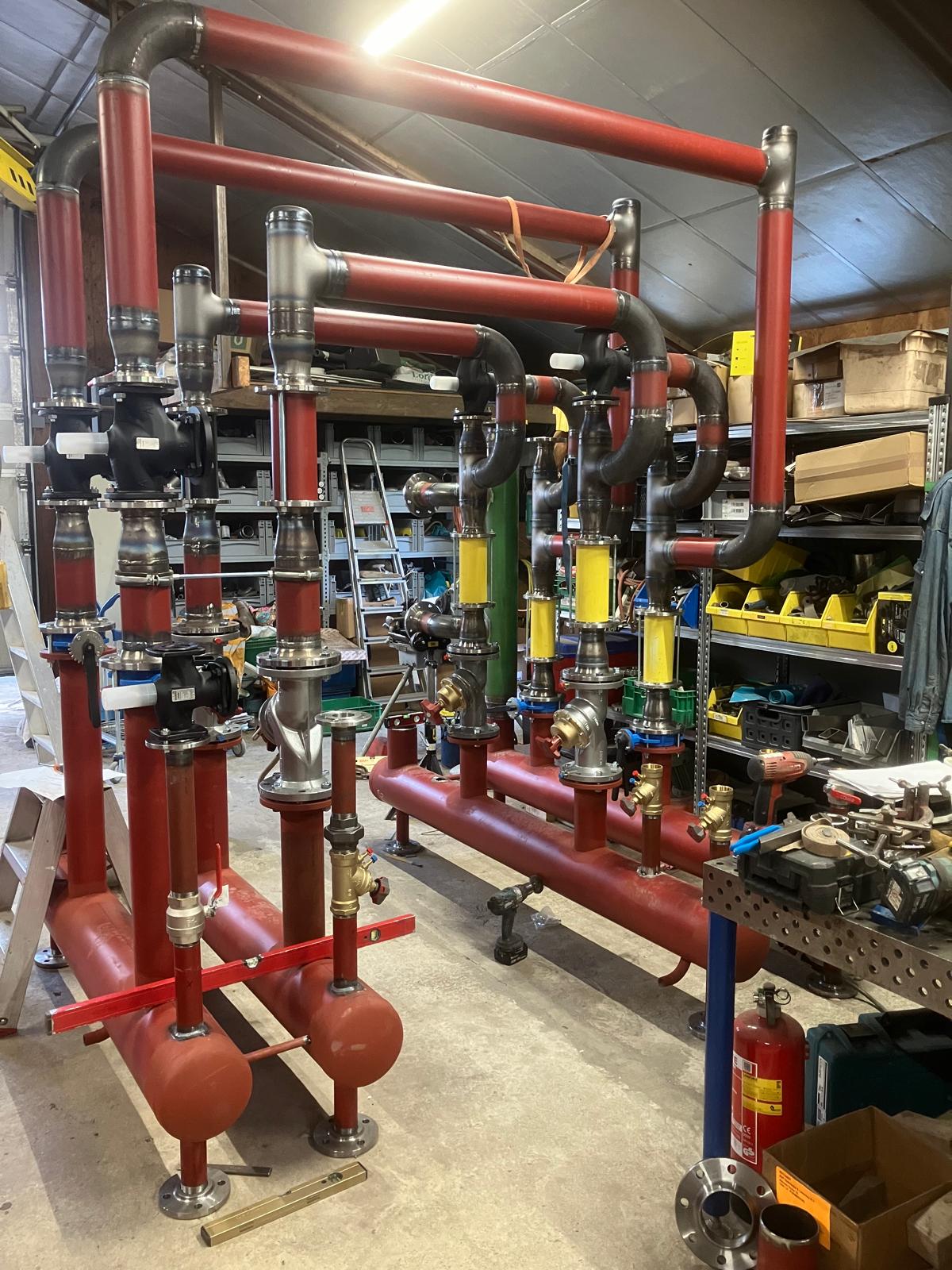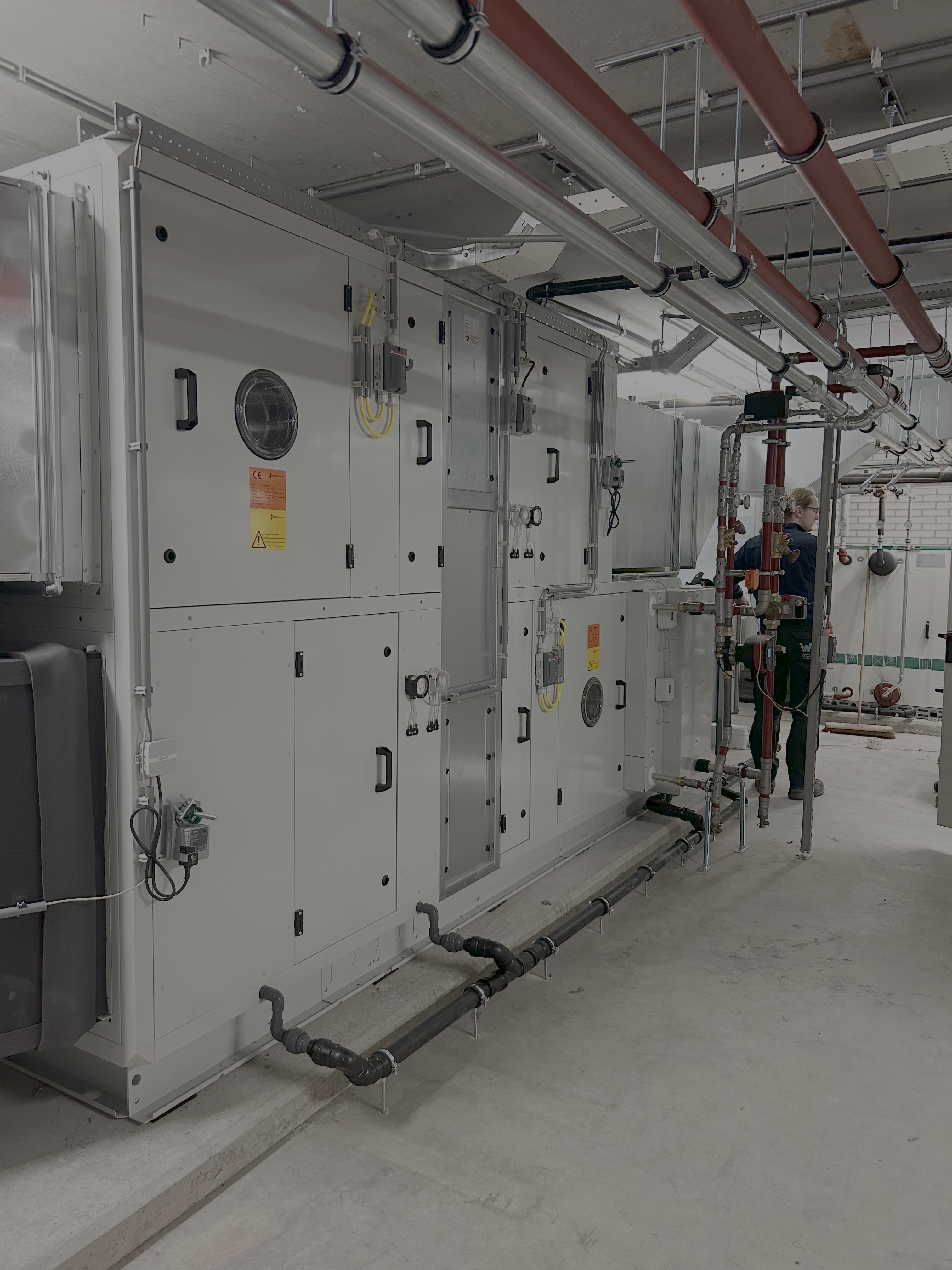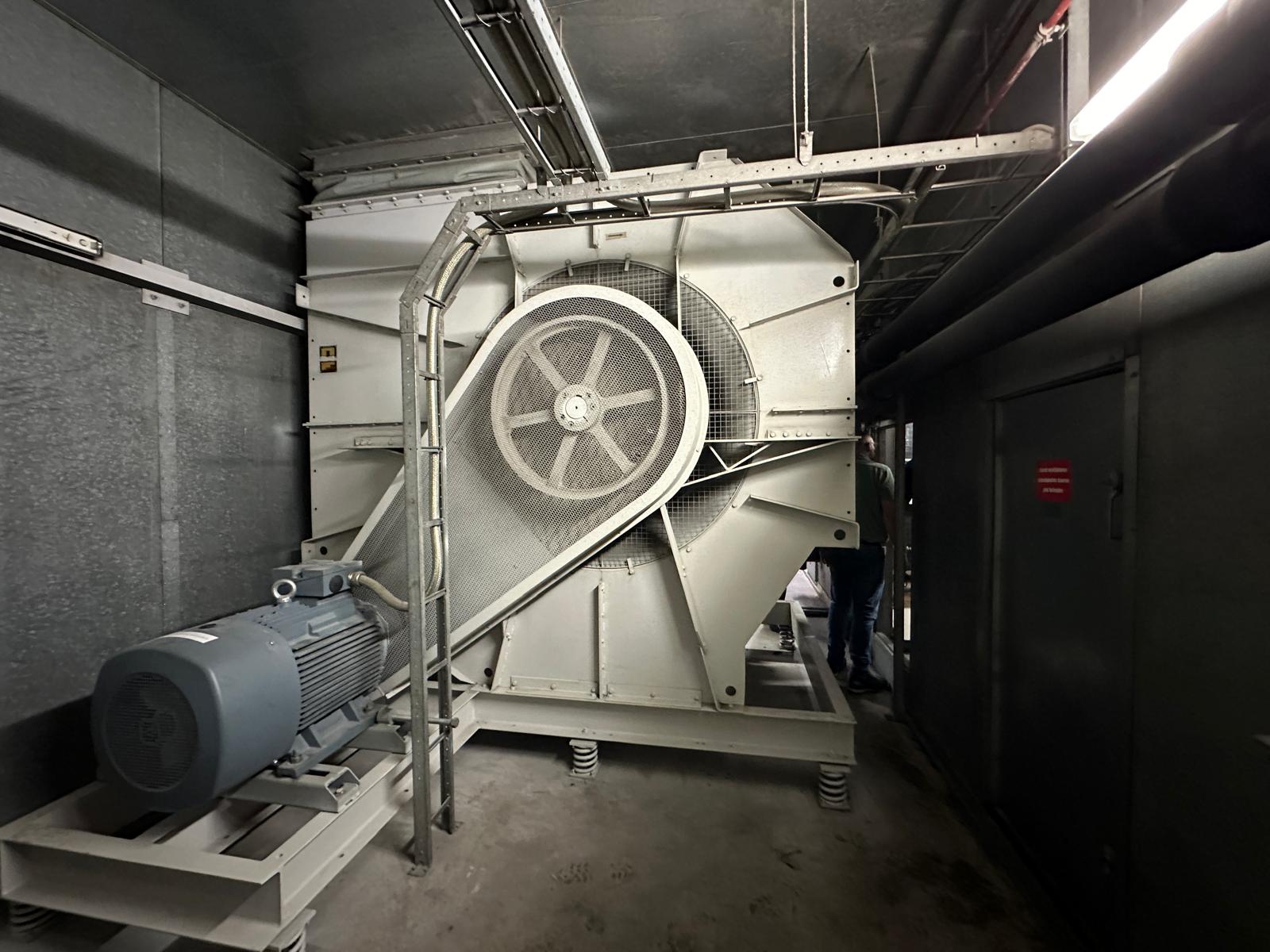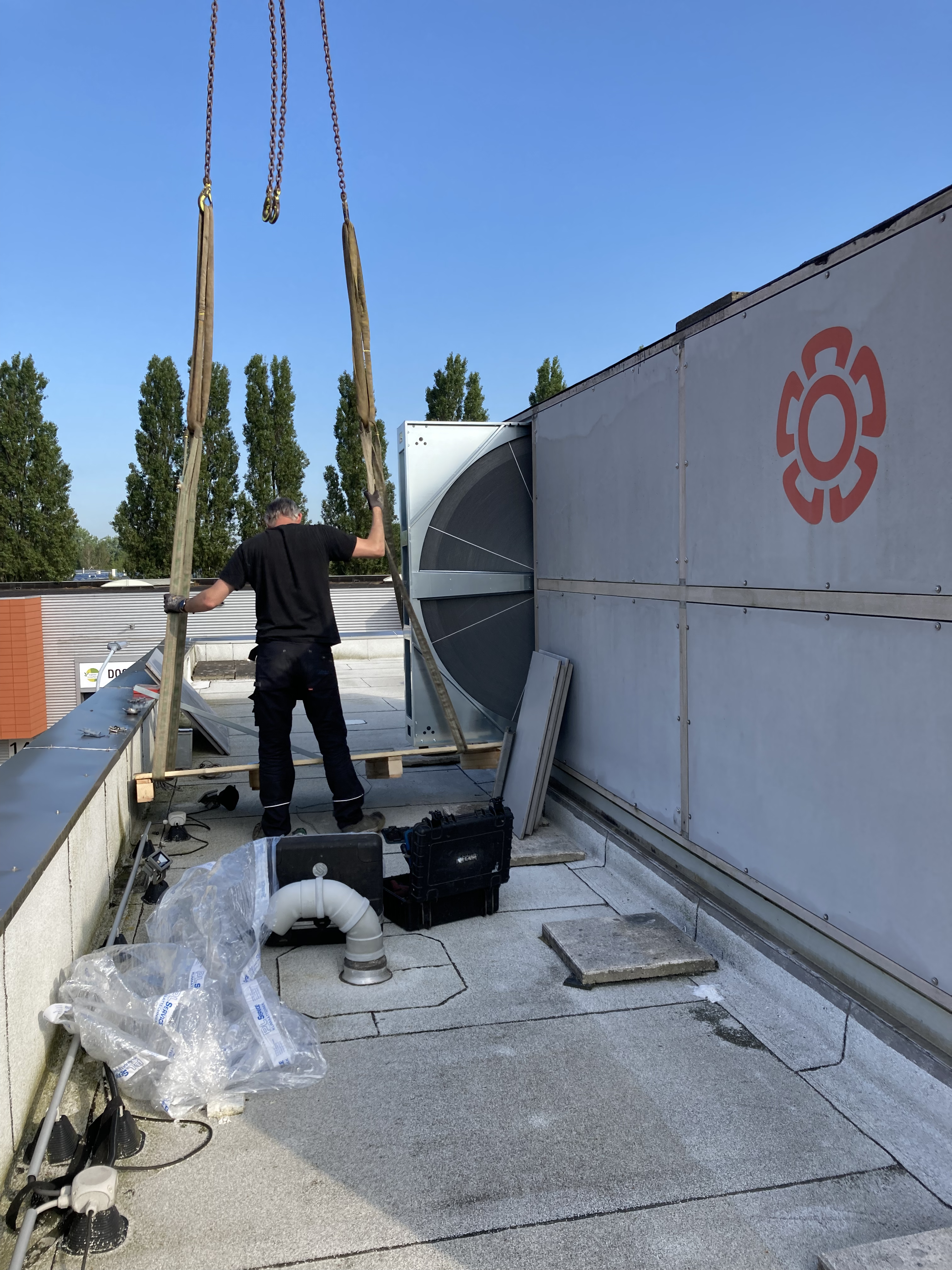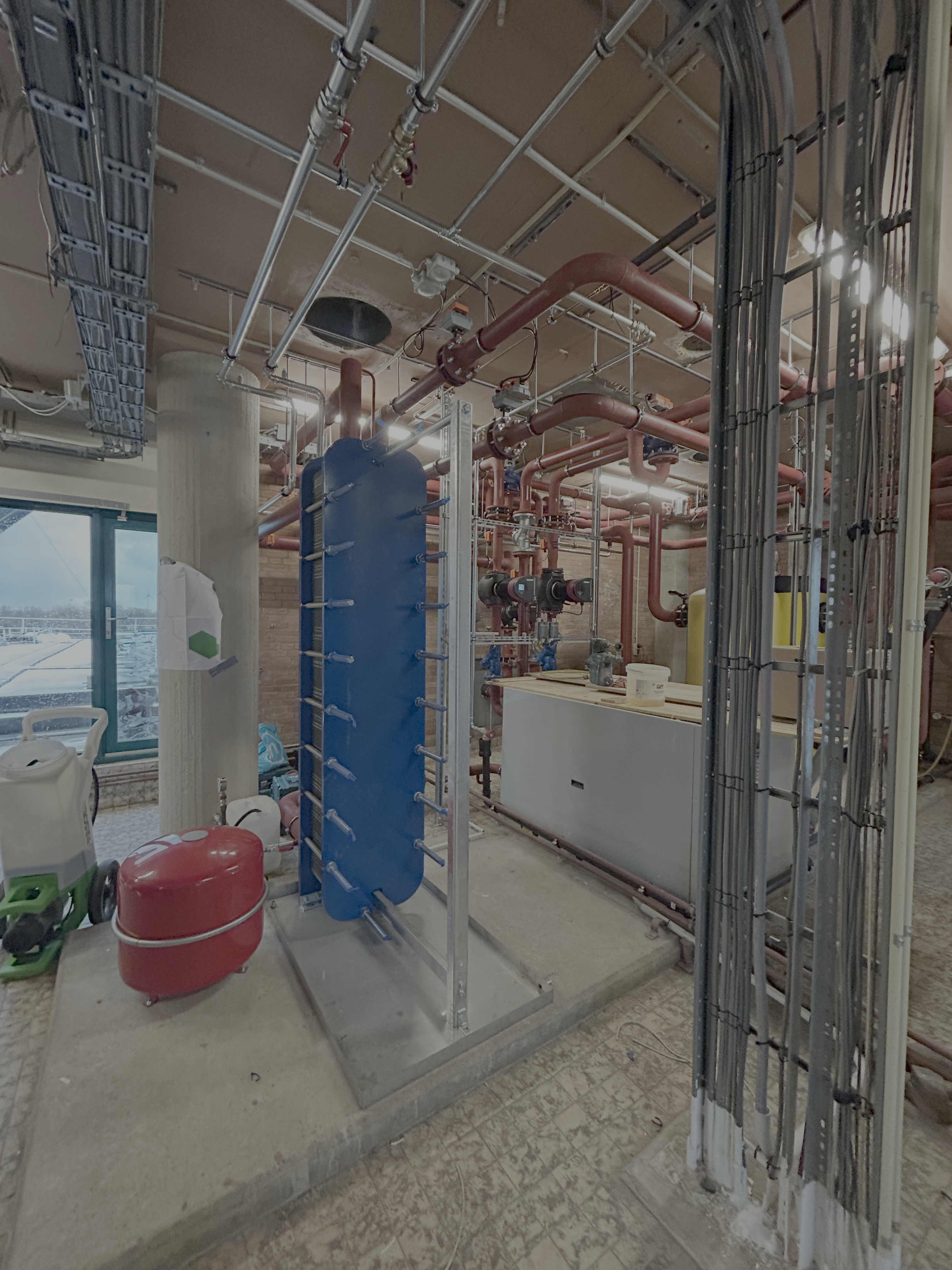ETS2 from 2027: what does the new CO₂ trading system mean for buildings?
02-10-2025
ETS2 from 2027: what does the new CO₂ trading system mean for buildings?
Starting in 2027, the European Union will introduce a new emissions trading system: ETS2. This system puts a price on CO₂ emissions from buildings and road transport. Although organisations will not need to buy allowances directly, the costs will be passed on through higher energy and fuel prices. For office buildings, schools, and care facilities, this means higher operating costs and a stronger need to decarbonise.
What is ETS2?
ETS2 is the second European Emissions Trading System. It follows the cap-and-trade principle: the EU sets an annual cap on total emissions, and fuel suppliers must purchase allowances for the CO₂ generated by their products. These allowances are auctioned — as they become scarcer, the price per tonne of CO₂ rises.
Suppliers of natural gas, petrol, and diesel fall under ETS2. They pass on the associated costs to their customers. For building owners, facility managers, and institutions, heating with gas or using fossil fuels for transport will become structurally more expensive.
ETS2 timeline
- 2025: suppliers begin monitoring and reporting emissions - 2027: ETS2 comes into force for buildings and road transport - 2028: possible one-year delay if energy prices remain exceptionally high
The European Commission has already set the emission cap for 2027, so the policy introduction is confirmed.
Why this matters for buildings
ETS2 mainly affects buildings still using gas for heating or hot water. The same applies to organisations operating vehicle fleets on petrol or diesel. The expected starting price will be around €45–60 per tonne of CO₂, potentially rising to €70–80 per tonne by 2030.
Example: a building consuming 50,000 m³ of gas emits about 90 tonnes of CO₂. At €60 per tonne, this results in roughly €5,000 extra per year in ETS2 costs, in addition to the market price of gas.
What changes in practice
ETS2 does not create new reporting obligations for building owners, but the financial impact will be visible in:
- Gas bills (higher price per m³) - Fuel costs for company vehicles - Heat supply if the district network still uses fossil input
Organisations already shifting to all-electric heating, insulation, or electrified mobility will see little change. Those still relying on fossil fuels will face higher operational costs.
Policy goals and context
ETS2 is part of the EU’s Fit for 55 package, designed to reduce emissions by 55% by 2030 compared to 1990 levels. By adding a CO₂ price to buildings and transport, the EU creates an additional economic incentive to switch from fossil fuels to cleaner energy sources.
Revenue from ETS2 will flow into the Social Climate Fund, which mainly supports households and small businesses in adopting sustainable solutions. Large organisations are generally not eligible for this support.
Impact on operations
For many institutions, ETS2 will make energy costs less predictable. The CO₂ price is market-driven and can fluctuate annually. Therefore, it’s wise to include multiple price scenarios — for example, €50, €70, and €100 per tonne of CO₂ — in financial planning. This helps assess how sensitive operating costs are to ETS2.
Lease and service contracts will also change: suppliers will need to include an ETS2 cost component in their pricing. It’s advisable to discuss and agree on this in advance.
Step-by-step: how to prepare
1. Map energy and fuel use per building or site 2. Calculate related CO₂ emissions (1.79 kg CO₂ per m³ gas) 3. Model different CO₂ price scenarios 4. Explore electrification options (hybrid or all-electric) 5. Align sustainability projects with maintenance or replacement cycles 6. Engage your energy supplier in planning and price discussions
By understanding your consumption and CO₂ footprint now, you can include ETS2 impacts in your multi-year budget and avoid unexpected cost increases.
Frequently Asked Questions
Do I need to buy emission allowances myself? No. Fuel and gas suppliers are responsible for allowances. You pay indirectly through higher energy prices.
Is ETS2 a tax? No, it’s a market mechanism. Prices are determined by supply and demand for emission rights.
What if prices rise sharply? A price stability mechanism exists — the EU can release additional allowances if prices surge, but there is no fixed upper limit.
Can ETS2 be postponed? Only in the event of exceptionally high energy prices — introduction may be deferred by one year, to 2028.
Will schools or healthcare institutions receive compensation? Not directly. However, they can still access national support schemes such as ISDE or SDE++.
Conclusion
ETS2 will make fossil energy more expensive and accelerate the shift towards sustainable buildings. For installers, owners, and consultants, this creates opportunities: energy-efficient and electric systems become financially more attractive. By gaining early insight into energy use and investing in efficient, low-carbon technologies, organisations can limit the financial impact of ETS2.
---
Sources: - European Commission – ETS2 Overview - ICAP – EU ETS2 Factsheet 2025 - EPRS – ETS2 Briefing 2024 - Regulation (EU) 2023/955 – Social Climate Fund - European Commission – 2027 Cap Decision
